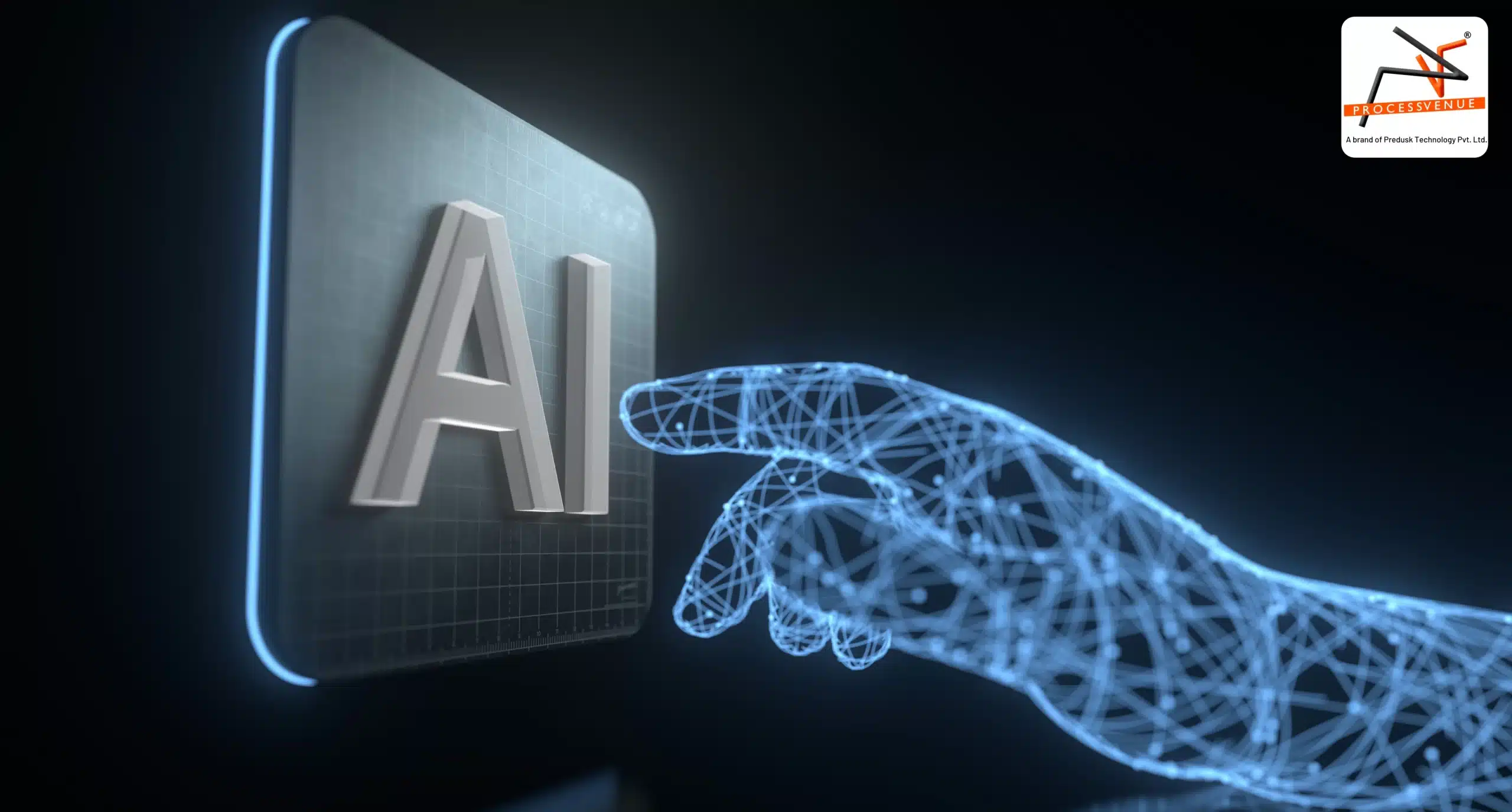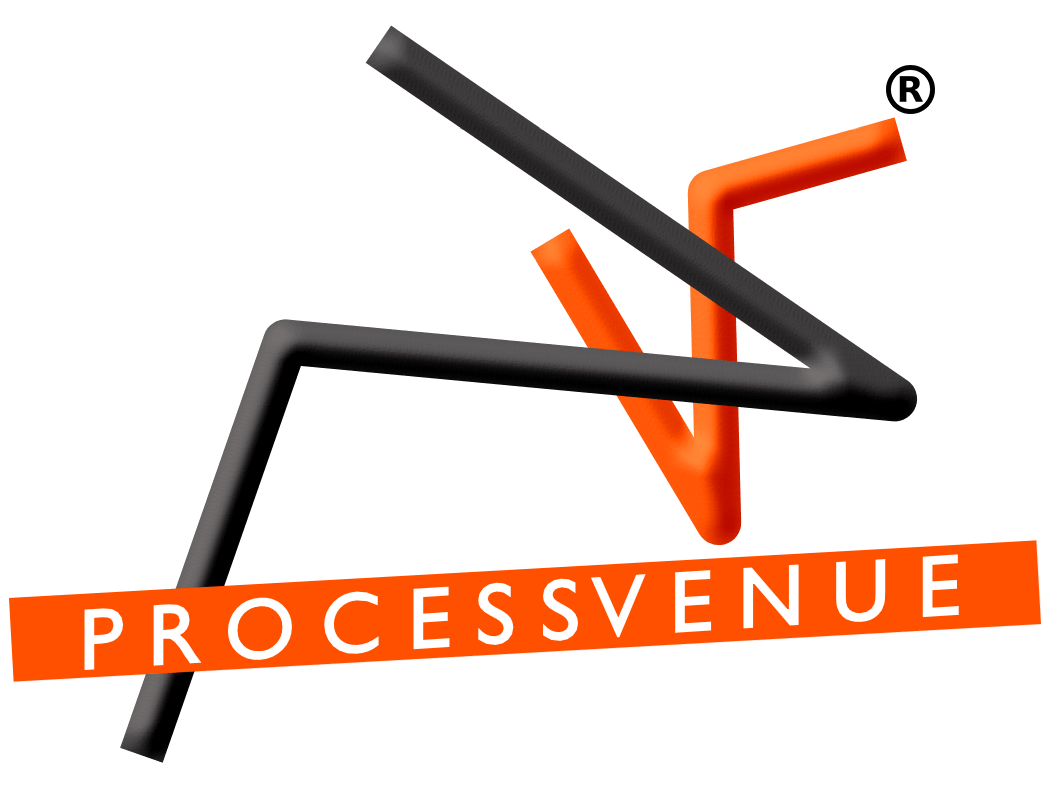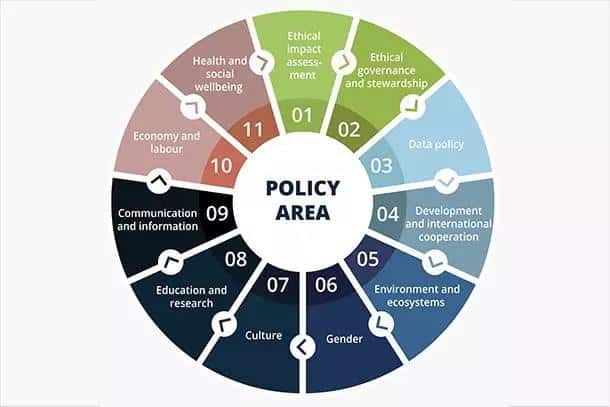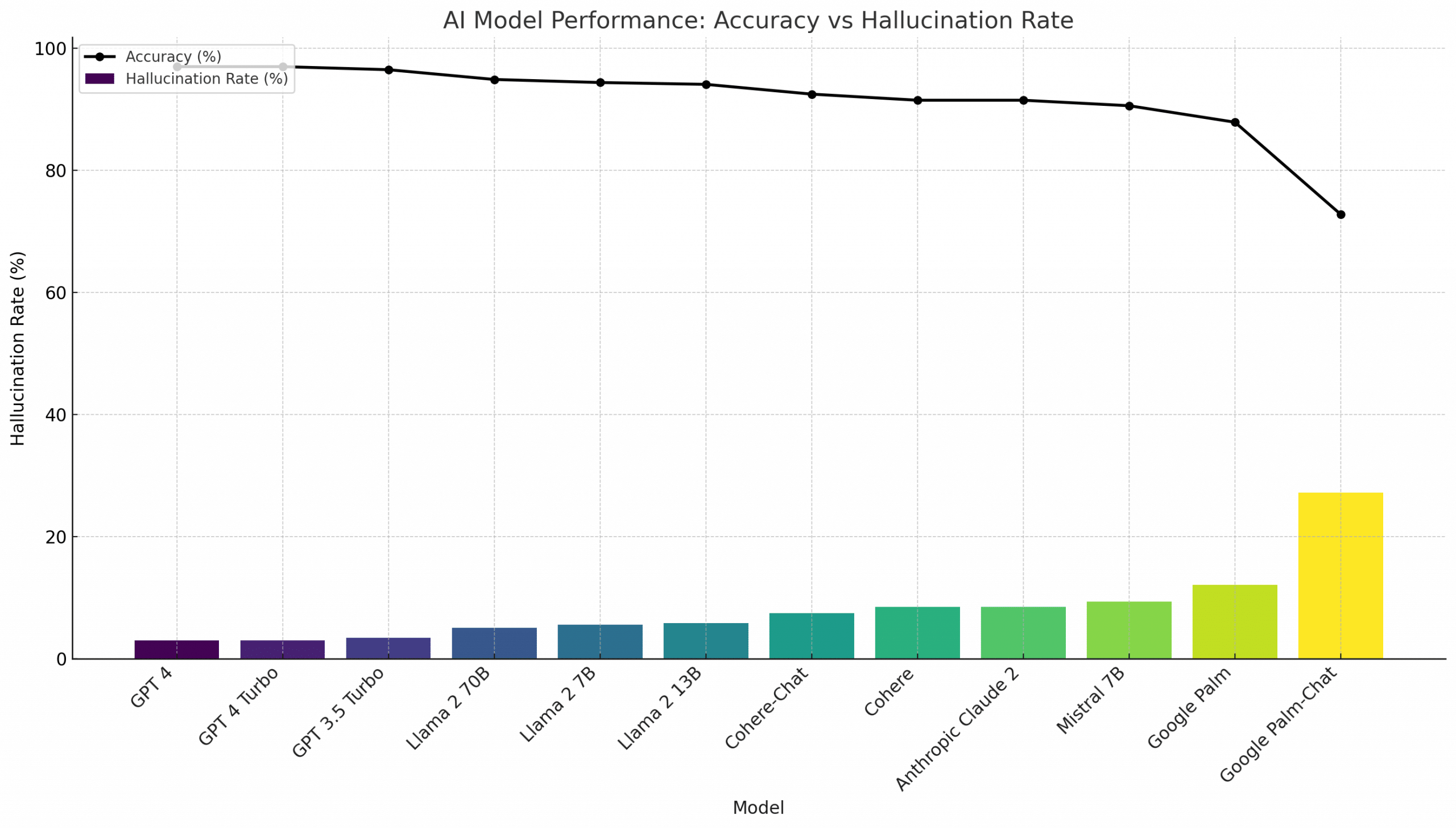
What is AI: A Complete Beginner’s Guide
Imagine an ideal world in which machines can learn, adapt, obey directions, and even yield. Hello! from the age of artificial intelligence (AI), a technology that is radically altering the way we communicate, work, and live. This guide will help you comprehend the fundamentals, potential, and problems of artificial intelligence (AI) with a human touch, regardless of whether you’re a company executive investigating AI solutions or a curious freshman.
What is Artificial Intelligence?
At its core, AI is the science of making machines mimic human intelligence. This means enabling computers to perform tasks that typically require human cognition—such as perceiving the world, reasoning, learning from experience, making decisions, and even being creative. Suppose you’ve used a voice assistant like Siri or Alexa or chatted with a customer service bot. In that case, you’ve already interacted with AI.
A Closer Look
AI encompasses various techniques and approaches, but at its heart, it aims to create systems that can think, learn, and act intelligently. Today’s AI systems can analyze vast amounts of data, recognize patterns, and make predictions—often faster and more accurately than humans.
Key Concepts: AI, Machine Learning & Deep Learning
- Machine Learning: Think of ML as teaching a computer to spot patterns in data—like how Netflix recommends shows based on your viewing habits.
- Deep Learning: This is the powerhouse behind recent AI breakthroughs. It uses complex neural networks to process vast amounts of unstructured data, such as images and speech.
Generative AI: The Creative Side of Machines
Generative AI refers to models that can create new content—text, images, music, and more—based on prompts. Tools like ChatGPT and DALL-E have shown how AI can write stories, generate code, or produce artwork, opening up new possibilities for creativity and productivity.
How is AI used in the Real World?
AI is no longer just a futuristic concept. It’s embedded in many aspects of our daily lives and business operations:
- Ai in Healthcare: interprets medical photos, forecasts patient risks, and tailors therapy regimens.
- Finance: AI improves customer service, automates trading, and catches fraud.
- Manufacturing: AI forecasts malfunctions in equipment and streamlines supply chains.
- Marketing & Sales: AI personalizes recommendations and automates customer interactions.
- Creative Industries: AI generates music, art, and even video summaries.
Case Study: At a major power plant, AI models analysed years of operational data to optimize energy efficiency, saving millions and reducing carbon emissions. What took experts decades to master, the AI learned in hours.
The Human-AI Partnership
The true benefit of AI is that it enhances human abilities rather than replaces them. While keeping humans involved for crucial decisions and oversight, the most successful companies use AI to empower staff, automate mundane tasks, and uncover innovative ideas.
Challenges: Bias, Hallucinations, & Trust
AI is powerful, but it’s not perfect. Here are some key challenges:
- Bias: AI systems can inherit and amplify biases present in their training data, leading to unfair or discriminatory outcomes
- Hallucinations: Sometimes, generative AI delivers outputs that appear plausible but are either contrived or factually erroneous.
- Transparency: It’s critical to comprehend how AI makes judgments, or “explainability,” particularly in regulated sectors like healthcare and banking.
Tip: Always approach AI outputs critically and ensure human oversight, especially for high-stakes decisions.
Responsible AI: Ethics & Regulations
As AI becomes more pervasive, governments and organizations are developing frameworks to ensure its responsible use. Key principles include:
- Transparency: Users should know when they’re interacting with AI.
- Fairness: AI systems must avoid discrimination and bias.
- Accountability: Organizations must have transparent governance and oversight of AI systems.
- Privacy: Data used to train AI must be handled securely and ethically.
The EU’s AI Act and the US AI Bill of Rights are examples of emerging regulations aimed at safeguarding individual rights and promoting trustworthy AI.
ProcessVenue’s AI & ML Offerings
Suppose you’re looking to harness AI for your business. In that case, ProcessVenue provides end-to-end solutions—from strategy and data management to custom AI model development and deployment. Their expertise ensures that your AI journey is ethical, practical, and aligned with your business goals.
FAQs
Is AI going to replace human jobs?
AI will automate some tasks and create new roles and opportunities. The most successful organizations use AI to augment human skills, not replace them.
How can I ensure my AI system is fair and unbiased?
Use diverse, high-quality data, regularly test for bias, and maintain human oversight. Transparency and explainability are key
What is “AI Hallucination”?
This refers to AI-generating outputs that are plausible but factually incorrect or made up. Always verify AI-generated content, especially in critical applications.
How do I get started with AI in my business?
Start with a clear business goal, assess data readiness, and consider partnering with experts like ProcessVenue to design and implement tailored AI solutions.
What are the main risks of using AI?
Risks include bias, lack of transparency, data privacy concerns, and regulatory compliance. Mitigate these by following best practices in governance, data management, and human oversight.
AI is not just a technology—it’s a new way of thinking about what’s possible. Combining human creativity with machine intelligence can solve problems, unlock opportunities, and shape a better future together. Ready to start your AI journey?


